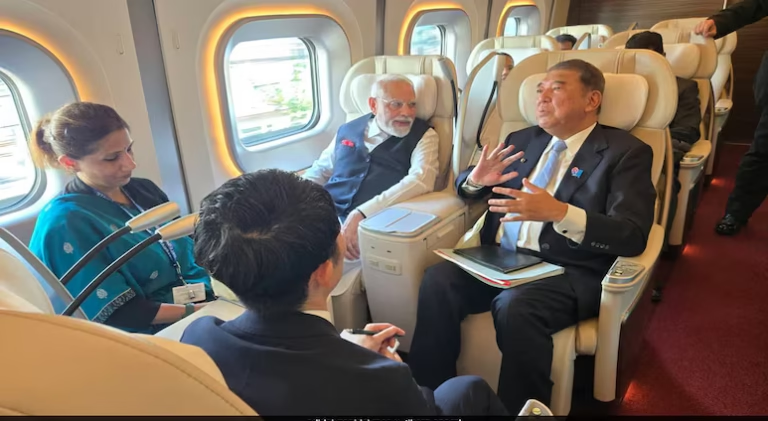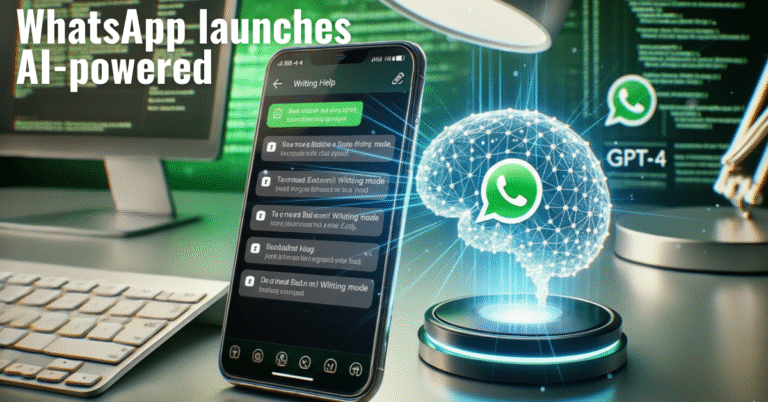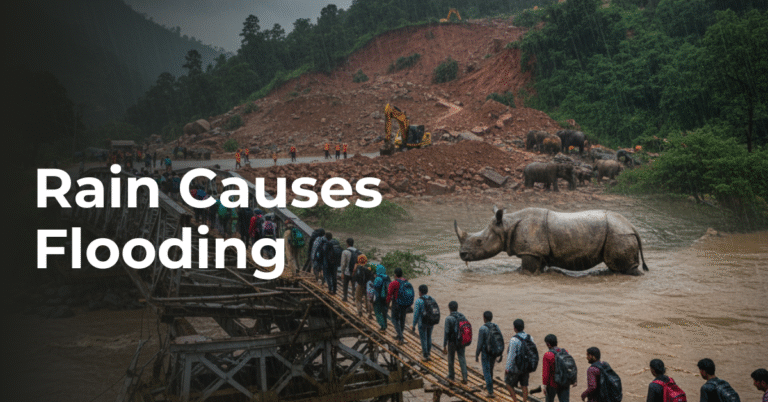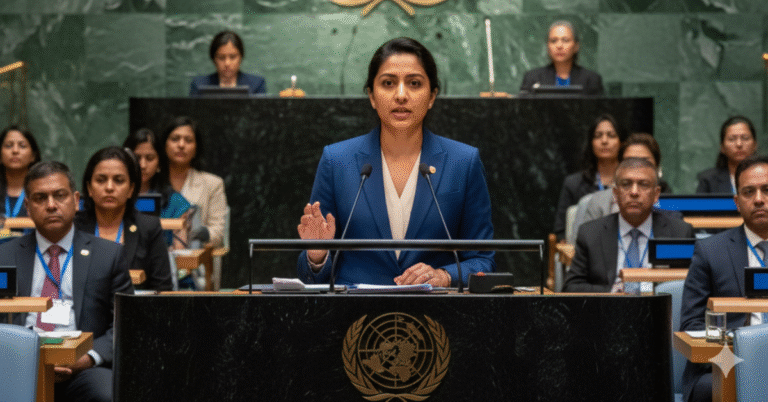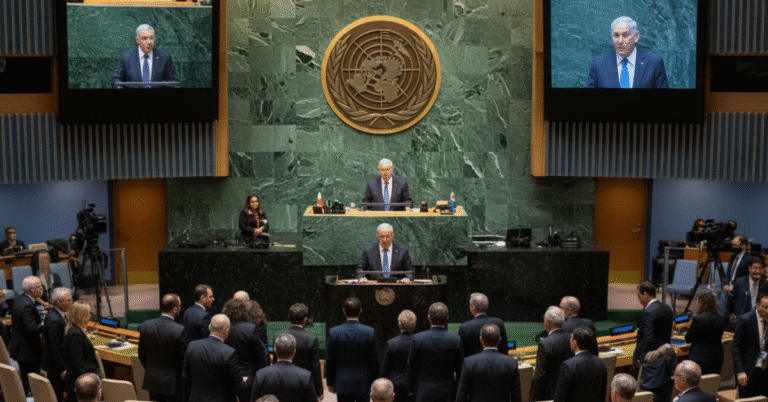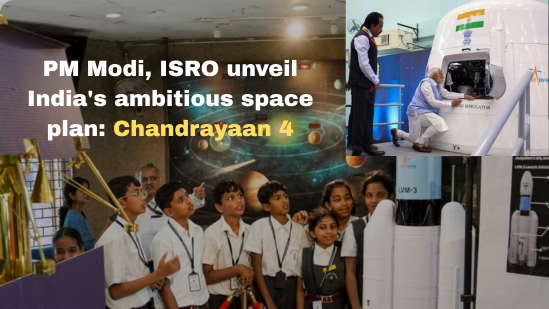
New Delhi: On National Space Day, India unveiled one of its most ambitious space roadmaps yet, setting sights on a fully functional space station by 2035, a Moon sample return mission by 2040, and several pioneering interplanetary explorations. The announcements mark a new era in the nation’s space journey, one that aims to place India among the foremost leaders in global space exploration.
India’s Next Leap in Space
ISRO Chairman V. Narayanan, while presenting the roadmap, revealed that the agency is working on multiple high-profile missions, including:
- Chandrayaan-4 – India’s Moon sample return mission
- Venus Orbiter Mission – to study Earth’s “twin planet”
- Bharatiya Antriksh Station (BAS) – first module by 2028, fully operational by 2035
- Next Generation Launcher (NGL) – advanced rockets for deep space missions
- Moon Sample Return (2040) – India’s most challenging lunar mission yet
Narayanan noted: “By 2040, India will not only land on the Moon but also bring samples back safely. At that point, our space programme will be at par with any leading space agency in the world.”
PM Modi’s Vision: A New Dawn for Indian Space
Addressing scientists, engineers, and students, Prime Minister Narendra Modi praised India’s strides in space exploration and urged the youth to embrace new opportunities.
“Achieving new milestones one after another in the space sector has become the nature of India and Indian scientists,” the Prime Minister said. “We have reached the Moon and Mars, and now we have to take a peek into deep space.”
He recalled the historic achievement of 2023, when India became the first country to land near the South Pole of the Moon, and his recent interaction with Group Captain Shubhanshu Shukla, who unfurled the Indian tricolour aboard the International Space Station.
“That moment when he showed me the tricolour is beyond words. In him, I saw the immense courage and infinite dreams of New India’s youth,” PM Modi added, inviting students and young scientists to join India’s astronaut training pool.
Building Blocks for the Future
The Prime Minister highlighted India’s rapid progress in cutting-edge technologies such as:
- Semi-cryogenic engines for heavy-lift launches
- Electric propulsion systems for long-duration space missions
- Space robotics and AI-driven systems
- Student innovation platforms like the Indian Space Hackathon and Robotics Challenge
These initiatives, he said, will not only advance India’s space capabilities but also inspire the next generation of innovators.
Why This Roadmap Matters
With a space station in orbit, a lunar sample mission, and interplanetary programs, India is positioning itself alongside NASA, ESA, Roscosmos, and China’s CNSA. The roadmap also ensures that India won’t just participate in global space exploration—it will lead from the front.
National Space Day, observed annually, is a celebration of India’s past milestones—Aryabhata (1975), Chandrayaan missions, Mangalyaan (2013)—and a commitment to future triumphs.
Final Thoughts
India’s ambitions have grown exponentially since its humble beginnings in Thumba with a bicycle carrying rocket parts. Now, with Chandrayaan-4, BAS by 2035, and a Moon sample return by 2040, the country is entering a golden age of space exploration.
As PM Modi put it, the sky is no longer the limit—it’s just the beginning. 🚀🇮🇳
